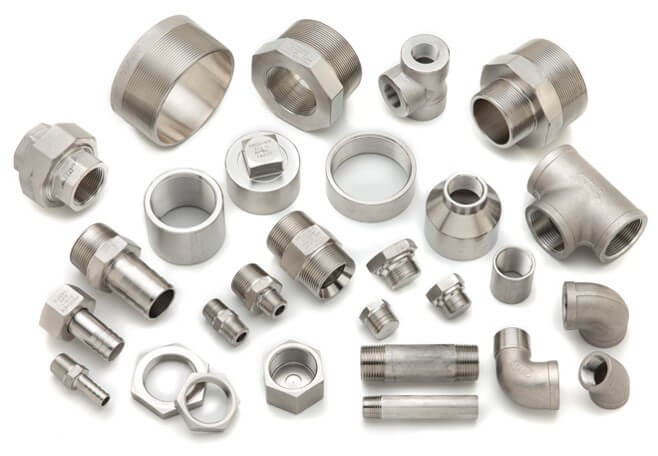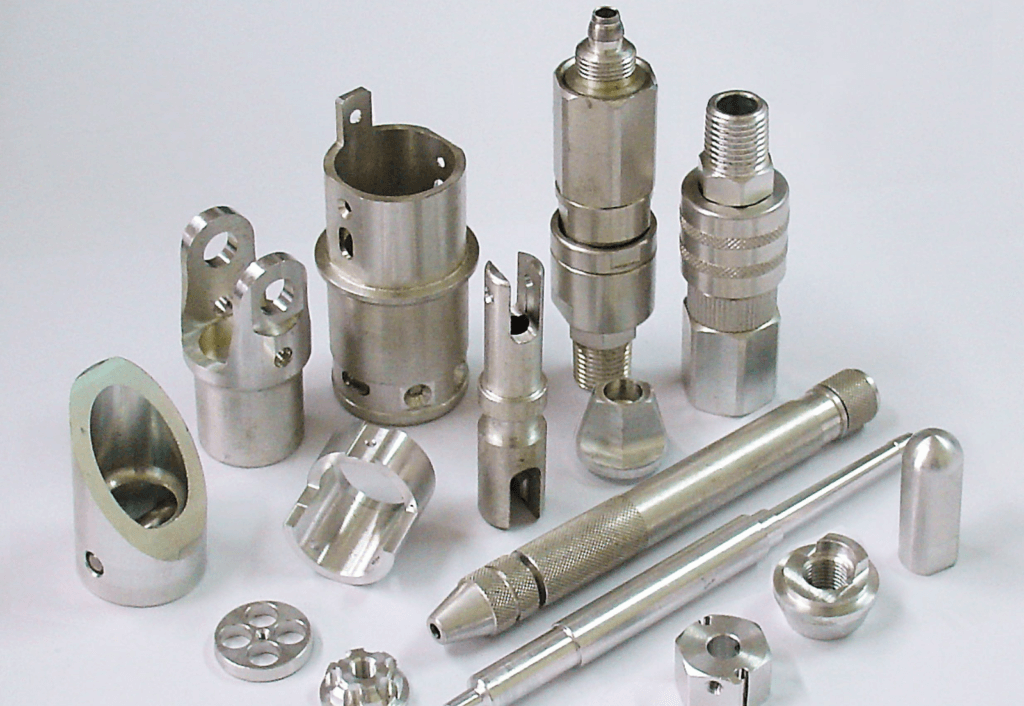Metal Parts Manufacturing:methods, surface treatment and applications
Metal parts manufacturing is a crucial process in various industries, including automotive, aerospace, and manufacturing. It involves the creation of metal components through cutting, bending, and assembling processes. This article serves as the ultimate guide to metal parts manufacturing, providing an in-depth understanding of the process, its applications, and the different techniques involved.
1.Metal Part Manufacturing Process
Metal parts manufacturing is a complex and intricate process that requires precision and expertise. It begins with the selection of the appropriate metal material, which can vary depending on the specific requirements of the component. Commonly used metals include steel, aluminum, and stainless steel, each offering unique properties such as strength, durability, and corrosion resistance.
The manufacturing process begins with cutting metal into the desired shape. This can be achieved by various methods, including sawing, shearing or laser cutting. Of these, sawing involves using a saw blade to cut metal, while shearing uses a sharp blade to trim the metal in straight lines. Laser cutting, on the other hand, uses a high-power laser beam to melt and vaporize metal, resulting in precise, clean cuts.
After the metal is cut, additional forming processes such as bending or forming are required. Bending involves using special tools to bend metal into the desired shape, while forming uses techniques such as rolling or stamping to shape the metal. These processes require a skilled operator who can accurately manipulate the metal to obtain the desired dimensions and angles.

After shaping, the metal parts may need to be joined together through welding or fastening. Welding involves melting the metal surfaces and fusing them together, creating a strong and permanent bond. Fastening, on the other hand, involves using screws, bolts, or rivets to hold the metal parts together. The choice of joining method depends on factors such as the strength requirements, the type of metal, and the intended application of the component.
2.Surface treatment of metal part manufacturing
Metal parts manufacturing also involves surface finishing to enhance the appearance and protect the metal from corrosion. This can be achieved through processes such as grinding, polishing, or coating. Grinding involves removing any imperfections or rough edges from the metal surface, while polishing creates a smooth and shiny finish. Coating, such as painting or powder coating, provides a protective layer that prevents corrosion and enhances the aesthetic appeal of the component.
3.Metal part manufacturing applications
The applications of metal parts manufacturing are vast and diverse. In the automotive industry, metal fabrication is used to create various components such as chassis, body panels, and engine parts. In aerospace, it is utilized to manufacture aircraft structures, landing gear, and engine components. In the manufacturing sector, metal fabrication is essential for producing machinery, equipment, and tools.
In conclusion, metal parts manufacturing is a complex and essential process in various industries. It involves cutting, shaping, joining, and finishing metal components to meet specific requirements. The choice of metal material, cutting and shaping techniques, joining methods, and surface finishing processes all play a crucial role in achieving high-quality metal parts. Understanding the fundamentals of metal parts manufacturing is essential for anyone involved in the manufacturing or engineering field, as it enables them to create durable and reliable metal components for a wide range of applications.
